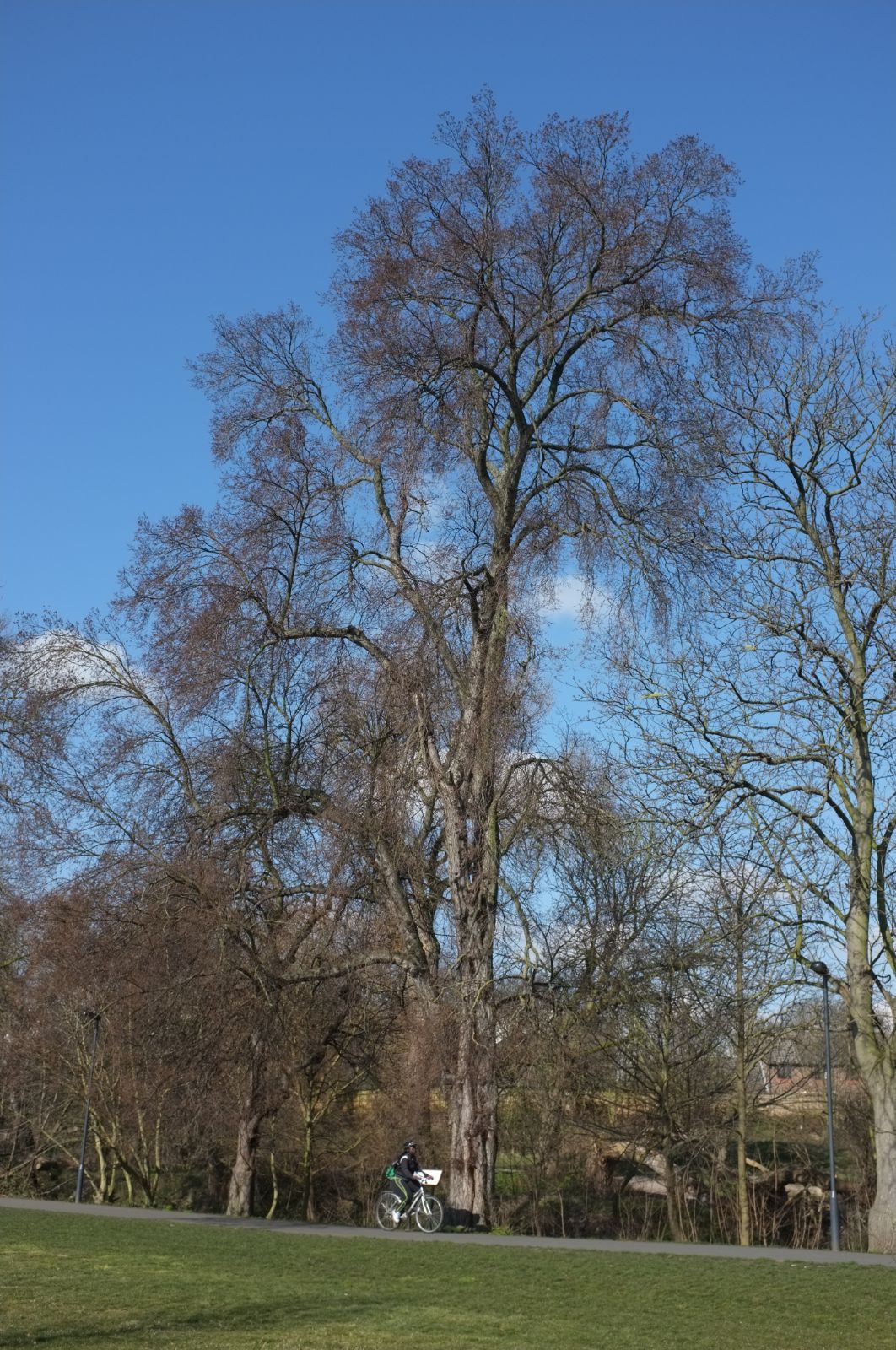Ulmus laevis
Credits
Article from Bean's Trees and Shrubs Hardy in the British Isles
Recommended citation
'Ulmus laevis' from the website Trees and Shrubs Online (treesandshrubsonline.
Genus
Synonyms
- U. effusa Willd.
- U. pedunculata Foug.
Other taxa in genus
- Ulmus americana
- Ulmus angustifolia
- Ulmus bergmanniana
- Ulmus campestris
- Ulmus canescens
- Ulmus carpinifolia
- Ulmus castaneifolia
- Ulmus chenmoui
- Ulmus coritana
- Ulmus crassifolia
- Ulmus davidiana
- Ulmus elliptica
- Ulmus gaussenii
- Ulmus glabra
- Ulmus glaucescens
- Ulmus × hollandica
- Ulmus japonica
- Ulmus laciniata
- Ulmus lamellosa
- Ulmus macrocarpa
- Ulmus parvifolia
- Ulmus plotii
- Ulmus procera
- Ulmus pumila
- Ulmus rubra
- Ulmus serotina
- Ulmus szechuanica
- Ulmus thomasii
- Ulmus villosa
- Ulmus 'Viminalis'
- Ulmus wallichiana
- Ulmus wilsoniana
A tree over 100 ft high, with a trunk up to 6 ft in diameter, supporting a wide-spreading, rather open head of branches; bark brownish grey; young shoots clothed with grey down, at least at first. Leaves obliquely obovate, 21⁄2 to 5 in. long, rather more than half as wide; with double incurved teeth at the margins, the base very unequal, being rounded at one side of the midrib, abbreviated and tapered at the other, the apex narrowed abruptly to a slender point; bright green, glabrous, or slightly harsh above, usually clothed beneath with a dense grey down; side veins up to eighteen pairs; stalk 1⁄8 to 1⁄4 in. long. Samaras oval, about 1⁄2 in. long, fringed with pale hairs, and having two incurved horns at the apex, borne on slender pendulous stalks in crowded clusters.
Native of Europe from the Volga region west to eastern France, south to the Caucasus and southeast Europe; rare in the region of the Alps. It is very closely allied in botanical characters to U. americana, from which it is indeed difficult to distinguish it. It thrives better in this country, and the leaves seem more uniformly downy, more unequal at the base, and more frequently broadest above the middle; the winter buds are more elongated and sharply pointed. Of European elms it most resembles U. glabra, but is easily distinguished by the smoother, smaller leaves, and especially by the fringed samaras.



